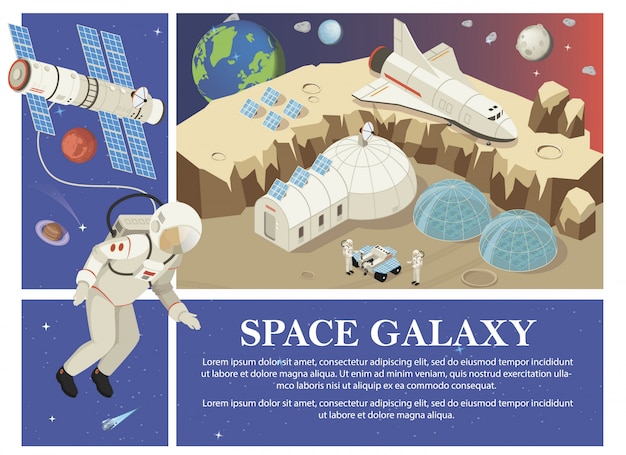Amazing Facts About Space

The Sun makes up 99.86% of the mass in our solar system.
There are more stars in the universe than grains of sand on Earth.
Space is completely silent because there is no air or atmosphere to carry sound waves.
The largest volcano in our solar system is on Mars, called Olympus Mons.
If two pieces of the same type of metal touch in space, they will permanently bond together.
The International Space Station orbits the Earth at a speed of about 17,500 miles per hour.
Astronauts cannot burp in space due to the lack of gravity pulling the gas upwards in their stomachs.
Space is completely odorless because there is no air or atmosphere to carry scents.
Saturn’s moon Titan has a thick atmosphere rich in nitrogen, just like Earth.
The temperature in space can vary from extremely hot to extremely cold, depending on your location.
The largest planet in our solar system is Jupiter, which is over 11 times the diameter of Earth.
The first living beings to go to space were fruit flies, sent aboard a U.S. spacecraft in 1947.
One day on Venus is longer than one year on Venus due to its slow rotation.
The Moon is moving away from Earth at a rate of about 1.5 inches per year.
Astronauts need to exercise for two hours each day to counteract the effects of living in a microgravity environment.
The Hubble Space Telescope can take pictures of galaxies that are billions of light-years away.
Amazing Facts About Space part 2
The largest galaxy in the known universe is the IC 1101, which is over 50 times the size of the Milky Way.
Astronauts experience a growth spurt while in space, as the lack of gravity stretches their spinal column.
The concept of black holes was first theorized by Albert Einstein in 19
The fastest man-made object ever created was the Parker Solar Probe, reaching speeds of 430,000 miles per hour.
The coldest place in the universe is the Boomerang Nebula, which is about -457 degrees Fahrenheit.
One teaspoon of a neutron star would weigh about six billion tons.
If you could see a supernova explosion from the same distance as the Sun, it would be as bright as a nuclear explosion going off in your eyeballs.
Astronomers estimate there are at least 100 billion galaxies in the observable universe.
Space is not completely empty, but instead filled with a very low density of particles and energy.
In space, an astronaut’s height can increase by up to two inches due to the lack of gravity compressing the spine.
The largest structure in the known universe is the Great Wall of Sloan, a massive cosmic filament stretching billions of light-years.
The average temperature of the universe is about -455 degrees Fahrenheit.
Astronomers estimate there are more than 170 billion galaxies in the observable universe.
Space is not completely dark, as there are countless stars and galaxies emitting light.
The Big Bang theory suggests that the universe was once incredibly small and dense before rapidly expanding.
The first person to orbit Earth was Yuri Gagarin, a Soviet cosmonaut in 196
The farthest object explored by humans is the Voyager 1 spacecraft, which is over 14 billion miles away from Earth.
The tallest mountain in the solar system is on Mars, called Olympus Mons, standing at about 13.6 miles high.
Astronauts experience a different perception of time in space due to the lack of Earth’s gravitational pull.
The dwarf planet Pluto has a heart-shaped glacier on its surface called Sputnik Planitia.
Space debris, such as old satellites and rocket stages, poses a threat to astronauts and equipment in space.
The surface gravity on the Moon is about one-sixth of the gravity on Earth.
The fastest rotating planet in our solar system is Jupiter, with a day lasting only about 10 hours.
Mars is home to the largest volcano and the tallest mountain in our solar system.
The International Space Station can be seen with the naked eye from Earth as it orbits around 16 times per day.
Neptune’s largest moon, Triton, orbits the planet in the opposite direction of its rotation.
The Earth’s atmosphere gradually becomes thinner and merges with outer space about 320 kilometers (200 miles) above sea level.
Astronauts aboard the International Space Station experience a sunrise or sunset every 45 minutes due to the orbiting speed.
Only 5% of the universe is made up of ordinary matter, while the rest is dark matter and dark energy.

